Experts group "Through the Through Thin" research "笮" and bronze culture from the perspective of archeology, history, and anthropology
Author:Cover news Time:2022.06.18
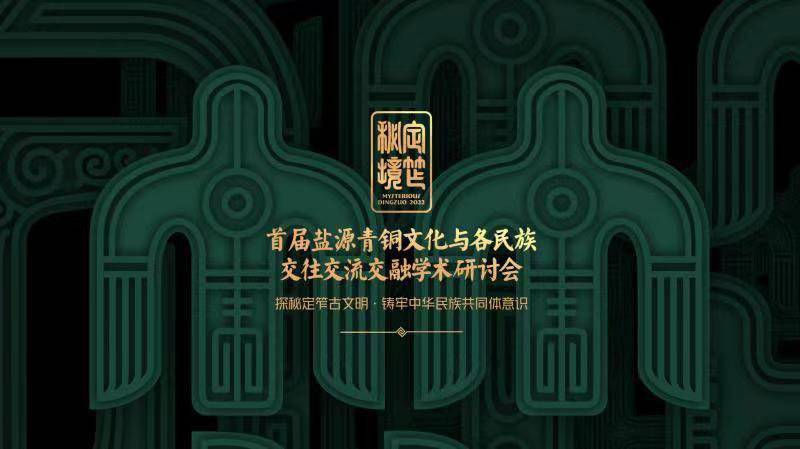
Cover reporter Zhang Jie photography Chen Yuxiao
In the Han Dynasty, Sima Qian's records of the land in "Biography of the Southwest" attracted many generations of people to understand the land of southwestern China. Among the historical development of the Yanyuan area for thousands of years, different civilizations and different ethnic groups exchanged together, and eventually formed a gorgeous strange work of ancient Chinese civilization. After the emergence of modern science, archeology conducts two -way comparison with historical documents, becoming a strong means for archaeologists to explore the history of the Southwest geographical culture. The archeological results also in turn to prove or correct related literature records, help historians to further study and analyze, and ultimately help the public have more accurate and comprehensive cognition of the past.
Since the 1980s, archaeologists have excavated the unearthed, rich, unique and unique style of pottery, bronze, stone, iron, and goldenware in the oldest cemetery of Yanyuan. To the late Shang Dynasty.
On the afternoon of June 18th, "Exploring the Ancient Civilization of Ancient Civilization · Casting the Awareness of the Chinese Nation Community -the first academic seminar on the interaction and interaction of Yanyuan Bronze Culture" and the interaction of various ethnic groups "continued to be held in Liangshan Yanyuan. Experts and scholars from archeology, history, anthropology, and ethnicology from many places across the country are divided into "ethnic, historical and cultural research" group and "cultural relics archeology" group to further explore the salt source and focus on focusing on "笮" civilization Bronze civilization, shared their own opinions.
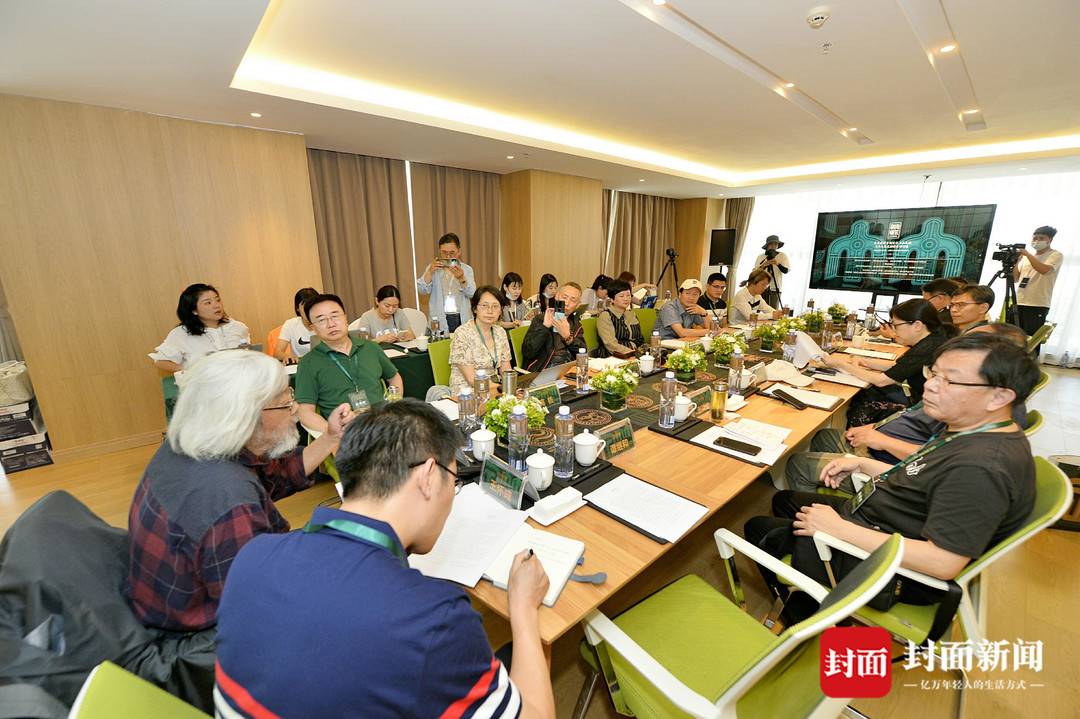
Yanyuan County is located in the southwestern part of Liangshan Prefecture, Sichuan Province. Emperor Hanwu was established in the sixth year of Jianyuan (135 BC). It has a history of more than 2100 years. It is well -known for its prosperity, and now it is famous for its victory, the show of the lake, the long forest, and the charm of culture. The relics of the relics such as the new stone ruins of the Tongjiabao, the old dragon -headed tomb, the ruins of the dry boat site have a long history and heavy culture.
Here, how did people produce and live specifically? How much is the scope of the specific activity of the "活动 载" activity recorded in history? What does the word "笮" mean? What does the evolution of the word "笮" mean? How does the "笮" ethnic group produce and live? What is their migration route? When using archeological data and cultural relics, what possible deviations should be paid attention to? In the "National, History and Cultural Research" group, professors and scholars from universities such as Sichuan University, Southwest National University, Sichuan Normal University and other universities, they focused on discussing these issues from the perspective of history, anthropology, and ethnicology. Scholars said that the geographical location of Yanyuan is important. Since ancient times, natural and cultural resources have deep endowments. The batch of bronze unearthed from Laoshan can largely change the academic community's views on the concept of "border". In addition, Yanyuan's external traffic is inconvenient in history, but there are many ethnic groups here, and each other interacts with each other and coexishes harmonious coexistence. It also provides a historical mirror.
Out of the rigorous nature of the academic itself, scholars also mentioned that due to the complex and rich appearance of the current history, according to the current progress of archeology and historical research, it is not possible to completely unlock the veil of the dust for thousands of years. There are many unsolved mysteries It has to be further explored. In particular, Peng Wenbin, an anthropologist, mentioned that when we quoted Sima Qian's record of "Southwest Yi", we must pay attention to the time when Sima Qian was at that time, which was very different from the current context.
Yanyuan bronze wares have brought changes to our understanding and re -examining the paradigm of "border and ground research"
Yang Zhengwen, a professor at the School of Ethnicology and Sociology, Southwest University for Ethnology and Sociology, and deputy dean of the National Academy of Ethnic Research, said that the bronze wares cast locally found in Yanyuan, and the bronze wares represent the advanced stage of civilization. This brings a major opportunity for us to understand and re -examine the "border research". "The concept of preconceived in the past needs to be updated."
Judging from the discovery results disclosed by archeologists, agriculture has developed earlier in Yanyuan area. In his speech, Professor Peng Bangben, director of the ancient text and pre -Qin History Research Center of Sichuan University, specifically mentioned his thinking: Yanyuan has advantages in mineral resources, containing gold, silver, cinnabar and other resources. Especially salt is a crucial strategic material. And these substances cannot be consumed at their own, but must be used in large quantities. On the other hand, it is located on the corridor between Hengduan Mountains and north and south. Therefore, there will be a lot of wisdom that once lived here, and there will be a lot of wisdom. Make full use of this corridor to make their economic lifestyle with distinctive industrial and commercial colors. "
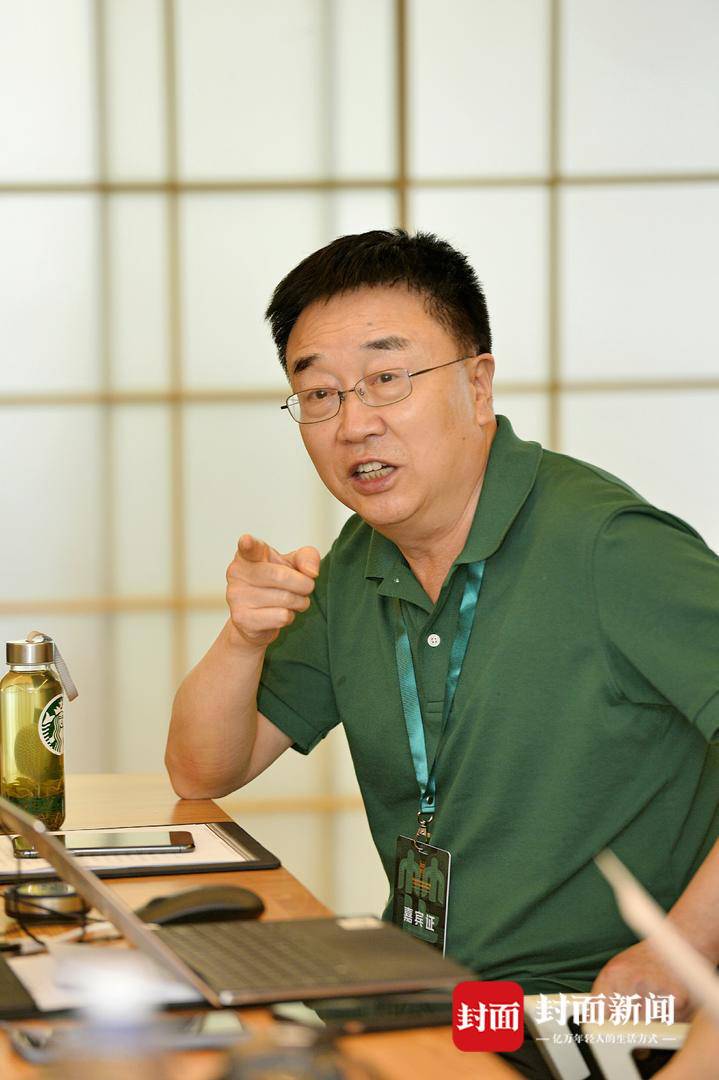
Pengbin
Professor Pengben specifically mentioned that unlike archaeologists' tasks, historians cannot only stay in the cultural relics itself, but to use archeological relics to understand people, further scientific analysis, and try to restore the ancients in details as much as possible. The appearance of production and life.
The theme of the PhD in anthropology La Marvi is "as a region of civilization or a civilization of the region." "Explained and started his speech. He mentioned that for a long time, Yanyuan has the reputation of "the hometown of Apple" and "the hometown of peppercorns". The unearthed by a group of bronze also made the salt source more abundant to be recognized by the outside world.
Zhang Xinbin, Vice President of the Chinese Society of Pioneers: It is recommended that the Archaeological Culture spectrum of the Southwest Ethnic Area of the Lao Lao Lao Lao Lao Lao Lao Lao Lao Lao Lao Lao Lao Tyrannosaurus, the former director of the Institute of History and Archeology of the Henan Academy of Social Sciences, the special professor of Henan University, and the vice chairman of the Chinese Society of the Chinese Society of History. To salt at a time. The geographical style of Yanyuan, brilliant sunshine, left a deep impression on him. Especially after visiting the batch of cultural relics unearthed from the old leader of Yanyuan, his first feeling was: "The style is very grounded, real, and high in research value. And in my opinion, from the bronze wares unearthed from Yanyuan unearthed from Yanyuan The level of casting technology is higher than the level of relevant literature records. Therefore, there are still many problems in it, and you need to solve it further. "
Zhang Xinbin
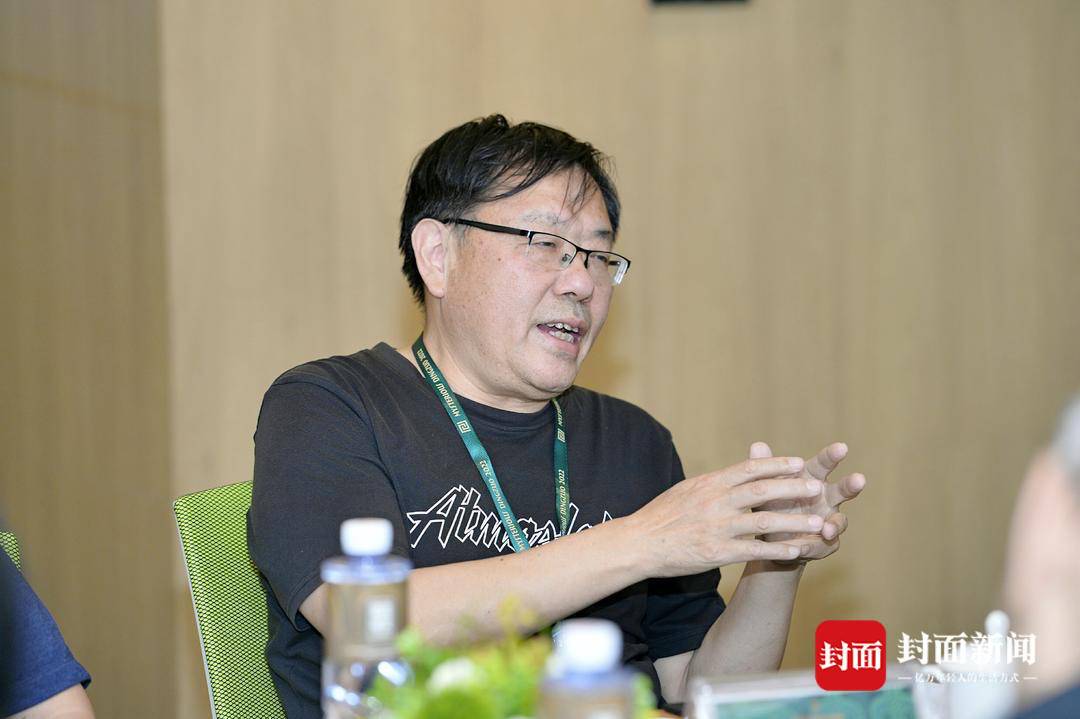
Zhang Xinbin also noticed that the tomb group excavated by Yanyuan was very special. For example, the horse in the tomb is very developed. In the north and the Central Plains, unless it is a terracotta warriors, a horse has a horsema in the tomb, and the chance of appearing is very small. Also, where are the masters of the tomb, where is the production of production? Where do you live? Among the common archeological discovery laws, near the tomb group, a city of the same period will be found. These, archeologists also need to do further. Moreover, after the archeological excavation makes the cultural relics appear, it will take a while to sort out the information in detail.
Zhang Xinbin said that the excavation of the old leader's cemetery is of great significance to ethnic archeology in the Southwest region. It is recommended to set up the archeological cultural spectrum in the Southwest Ethnic Area around the old leading cemetery in the future, and build the archeological school system and ethnic system of the regional area. Find related cities around the cemetery and find related hand workshops, especially pay attention to the use of ancient salt resources, such as salt processing practices, salt processing tools, and commercial clues for salt resource transactions. As a result, the archeological discovery of Yanyuan area into a system and series is the highland of Yanyuan Bronze Culture that truly become the three major bronze culture of Shu Land.
Yanyuan area has beautiful scenery and distinctive humanities, especially in summer. Zhang Xinbin suggested that on the basis of tapping cultural resources and national style, it will become a southwestern resort of the Chinese summer heat. To let Chinese people form such a concept, go to the southwest of Sichuan to experience the unforgettable summer cool memory.
In Yanyuan, Gaoxia Ping Lake is scattered and spectacular, especially the beautiful natural scenery of Lugu Lake and the unique maternity clan humanities. Yang Huan, a scholar from the Institute of Ethnic and Religion of the Sichuan Academy of Social Sciences, took Mosuo Culture as an example in her speech, telling the "protection and utilization of intangible cultural heritage of the Tibetan and Yi Corridor." Mr. Cao Pengcheng described in detail "the relationship between the calendar, calendar and its relationship with the surrounding ethnic groups."
In the late Warring States Period to the Western Han Dynasty Bronze Culture, the cultural exchange information of the four links has been shown
Teacher Gong Wei from the School of History and Culture and Tourism from Sichuan Normal University focused on exploring the history of exchanges between ancient Shu and Xi Yi culture in the Bronze Age. Gong Wei said: "From the information displayed by archeological data, the cultural exchanges between ancient Shu and Xiyi ethnic groups in the Bronze Age and the differences between the cultural exchanges of all ethnic groups in Xiyi. It can be traced back to the early Spring and Autumn Period, and the cultural exchanges between the people and the ancient Shu or late to the middle and late Warring States. "He believes that" the bronze cultural subjects in the region of the people in the event are different from the Shu people in each period. People are active in the Yanyuan Basin, creating a brilliant southwestern bronze culture, but during this period, ancient Shu had entered the Qin regime. At present, it is difficult to directly see the age of ancient Shu and the cultural exchanges of the people. Political relationships and other connotations. However, the bronze culture of the Western Han Dynasty in the late Warring States Period has shown the cultural exchange information of the four -way Dada. This phenomenon is also the common feature of the entire Southwest Yi. close relationship."
In the "Cultural Relics and Archeology" discussion group, in the first half of the sharing, Dai Zongpin, deputy director and researcher of the Yunnan Provincial Institute of Cultural Relics and Archeology, served as the host. Wei Ge, deputy director and researcher of Guangxi Cultural Relics and Archeology Research Institute, Lian Rui, a librarian of the Sichuan Provincial Institute of Cultural Relics and Archeology, made a report on "Archeological excavation and harvest of the Satto Steel Sites of Xichang City". "Skeleton -style art in Yanyuan Bronze", Jiang Zhilong, a researcher at the Institute of Cultural Relics and Archeology of Yunnan Province, talked about "on the pomegranate dam culture". "".
Yang Yong, a researcher at the Institute of Archeology of the Chinese Academy of Social Sciences, shared his comprehensive sorting on the cutting clocks unearthed from the Yunnan -Guizhou Plateau with the "Bronze Bells unearthed from the Yunnan Plateau", and inspected the relationship between its origin and the relationship with the Mainland Lezhong culture. Essence He said, "For the southwest of the Yunnan -Guizhou Plateau, the bronze bell is not only a musical instrument in social life, but also a symbol of power and status. It has very important etiquette and political functions similar to the Mainland music clock." Yang Yong It is believed that the Han Dynasty bronze bell on the Yunnan -Guizhou Plateau was produced under the influence and induction of the Mainland music clock culture, and it belongs to the local type of the ancient Chinese music clock system. Due to the rich regional characteristics, they are also an important part of the local southwestern bronze culture. Regarding the specific performance methods, legal characteristics, and production technology of these bronze clocks are issues that can continue to pay attention and explore in the future. Research on these aspects will depend more on multi -disciplinary cooperation.
In the second half, the host was served as the vice president and researcher of the Chongqing Cultural and Archeology Research Institute, and the professor of the Sichuan University Archaeological Board Institute and Li Yingfu, the vice president of the Sichuan Provincial Archaeological Society. Gao Han, a librarian at the Sichuan Provincial Institute of Cultural Relics and Archeology, shared the "Preliminary Research on the Drought Boat Site of Yanyuan County" and so on. Sichuan Yanyuan newly discovered a military fortress site
Gao Han, an associate researcher at the Sichuan Provincial Institute of Cultural Relics and Archaeological Research, introduced the new archeological discovery of the Yanyuan dry boat site at the discussion. Through the preliminary exploration and research of archeological players, large -scale houses, beacon stations and other ruins were found here. After the annual test, the main age of the site was during the period of Nanzhao Dali, about 700 to 1300 today. Experts speculate that this should be a large -scale military fortress site in the Dali State of Nanzhao during the preservation of a relatively complete military fortress.
Gao Han said that from the first excavation situation, the size of the dry boat site, long use time, abundant relics of unearthed relics, and this kind of well -preserved military fortunes are rare in the country. In the early Yuan Dynasty's historical and culture, it provided new important physical materials. In addition, the large -scale houses and beacon stations discovered by the site are well preserved and have a high original site display value.
[If you have news clues, please report to us. Report WeChat Follow: IHXDSB, Report QQ: 3386405712]
- END -
The triple security of the "big of the country"
Wen | Xie BoThe Great of the Country, as the name implies, country is China, big represents China's major affairs and important affairs. The fundamental, overall, and long -term major events of
Literary experts "Pulse" "Snow in Snow" restore the creative process of "Fire Drama Princes"
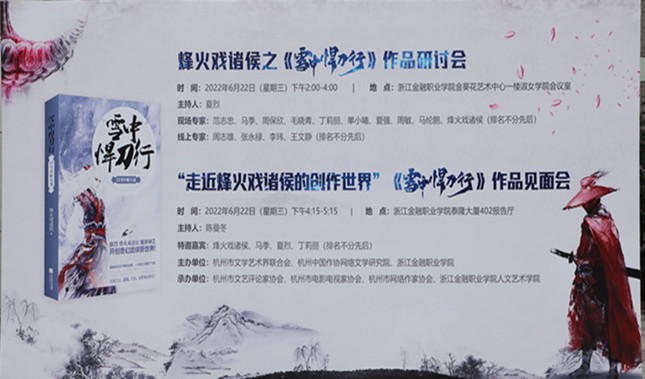
The Hard Sword in the Snow uses a new martial arts narrative in the dungeon. The ...